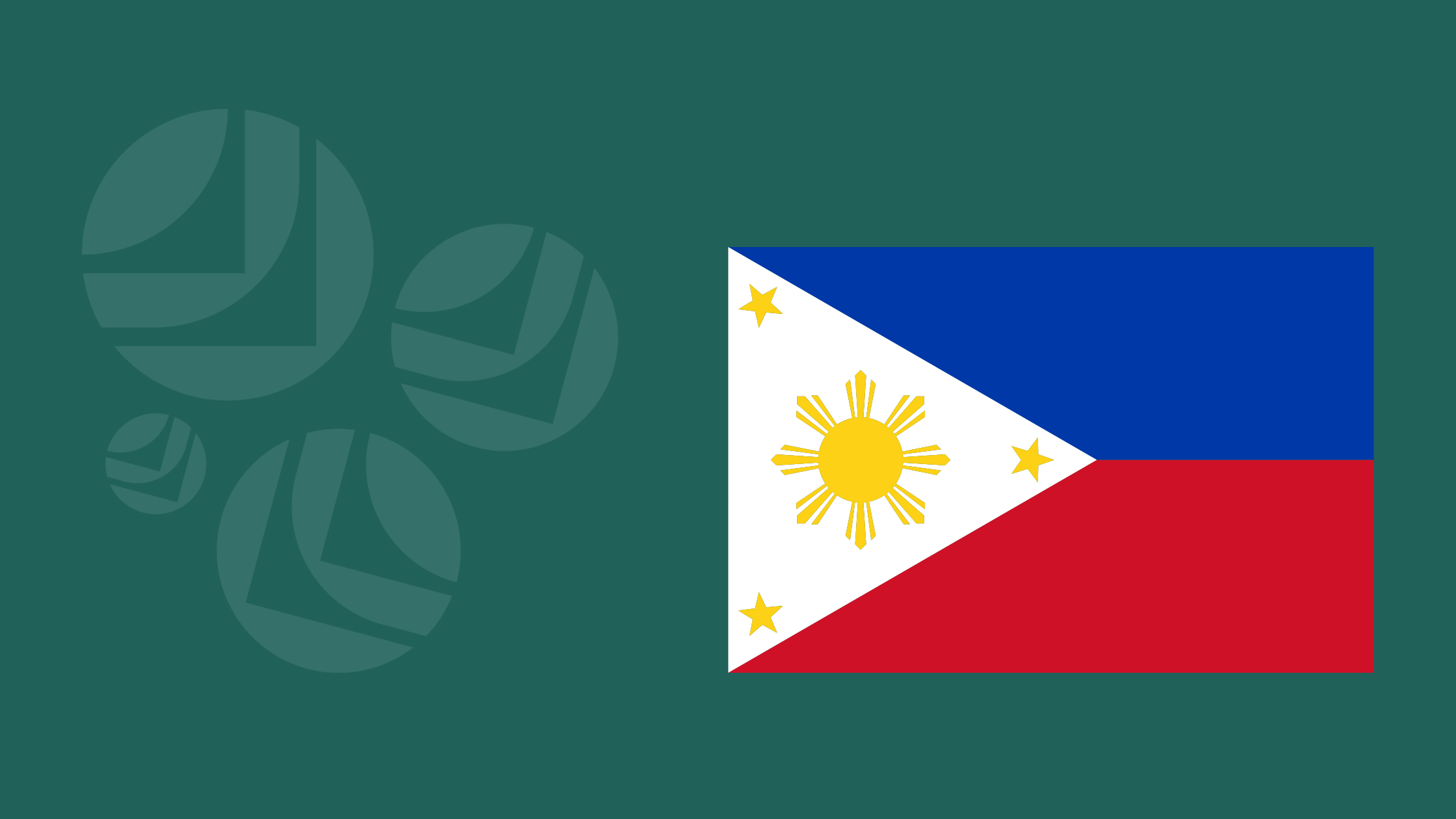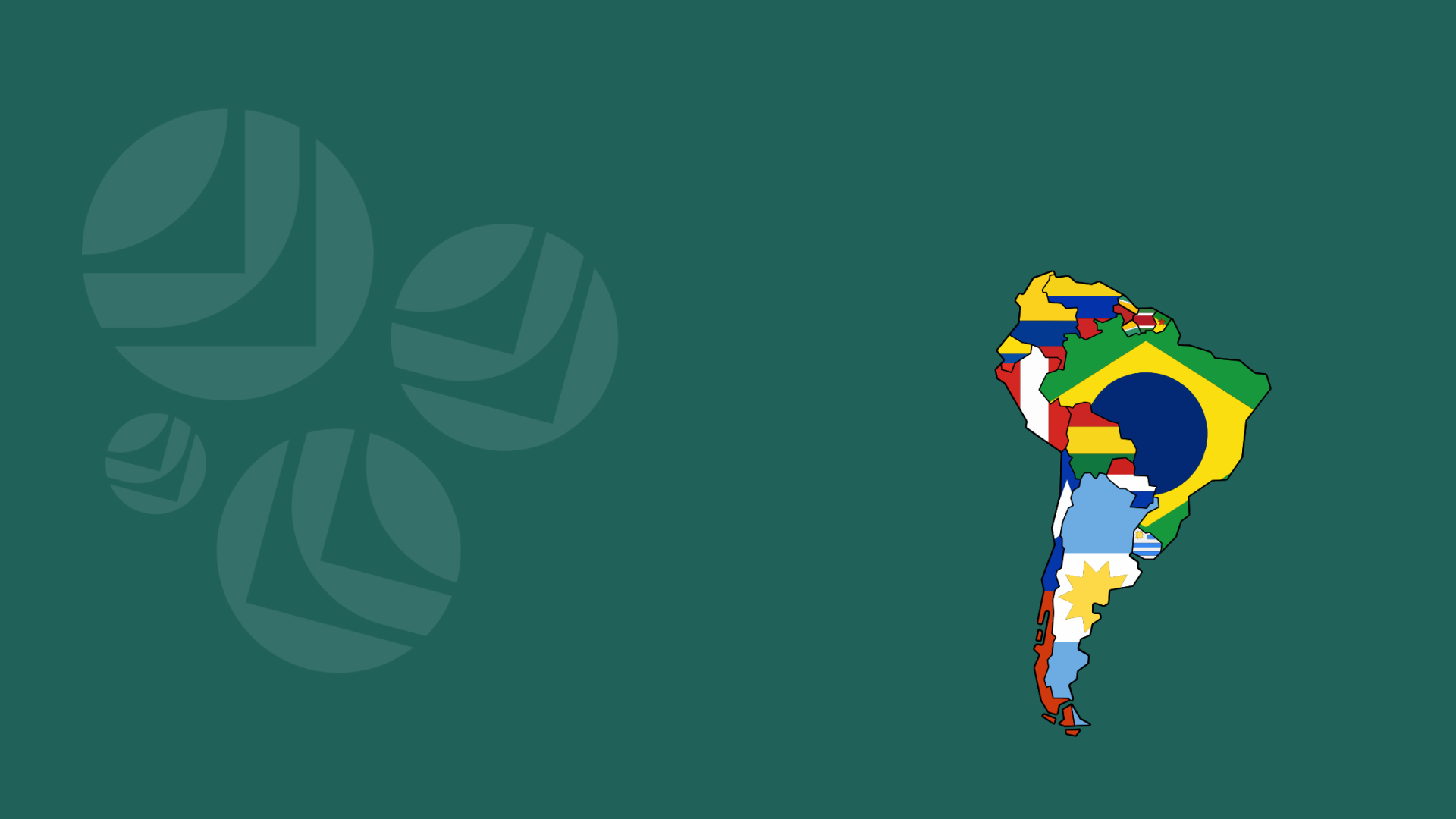Gina A. Jamoralin
Consul General
Consulate General of the Philippines
Suite 660, 999 Canada Place
Vancouver, BC V6C 3E1
phone: 604 685-7645 | email: vancouverpcg@telus.net
Location
The Philippines is an archipelagic nation in Southeast Asia, consisting of over 7,000 islands. It lies between the South China Sea and the Philippine Sea, placing it strategically along key maritime trade routes in the Asia-Pacific region.
Economy
- The country has a population of ~115 million.
- It is one of the fastest-growing economies in Southeast Asia, with average GDP growth of ~5 % in recent years.
- The economy is consumption-driven: household spending accounts for a large share of GDP.
- Key sectors include agrifood, infrastructure, ICT / digital services, renewable energy, education, and mining.
- Recent reforms liberalized restrictions on foreign ownership in many sectors (e.g. under the Foreign Investment Act, Retail Trade Liberalization, Public Service Act amendments) to open more areas for FDI.
Strengths & Trends
- Growing consumer demand: The middle class is expanding, and demand for higher-quality imported goods, health, food, and lifestyle products is rising.
- Digital & ICT growth: The digital economy is gaining traction; demand for cloud, fintech, data services, cybersecurity is rising.
- Infrastructure push: The government plans large investments in transport, connectivity, power, ports, and logistics.
- Energy transition / renewables: The Philippines seeks to shift energy mix toward renewables (solar, wind, hydro) and reduce fossil fuel dependence.
- Reform momentum: Reforms in investment, ownership rules, tax incentives, and ease-of-doing-business have improved the investment climate.
Challenges & Risks
- Regulatory inconsistency across local government units (LGUs) can cause delays.
- Infrastructure gaps in remote islands, logistic costs, and inter-island transport challenges.
- Political risk, corruption, and occasionally security risks in certain regions (e.g. parts of Mindanao).
- Exposure to natural disasters (typhoons, earthquakes) and climate risk.
- Currency volatility and inflation pressure.
Untapped potential in trade / bilateral growth
Canada and the Philippines have launched exploratory FTA negotiations in 2025 to deepen trade ties and reduce tariff and non-tariff barriers.
Consumer market growth
With rising incomes and urbanization, demand is increasing for Canadian exports in agrifood, processed foods, consumer goods, health & wellness, education, and lifestyle sectors.
Alignment of Canadian strengths
- Canada’s expertise in agritech, food safety, cold chain solutions, precision agriculture can support the Philippines’ agricultural sector.
- Clean technology, water, and renewable energy solutions can help accelerate the energy transition.
- ICT, digital services, and edtech companies can tap into the growing digital economy.
- Infrastructure, logistics, and construction firms can engage in major public works.
Policy improvements and reform
The Philippines has liberalized foreign ownership rules, adjusted corporate tax incentives (CREATE Act), and eased thresholds for foreign investment in more sectors. These reforms make market entry more accessible.
Strategic Asia-Pacific foothold
Operating in the Philippines gives Canadian firms a presence in ASEAN and the Asia-Pacific region, leveraging regional supply chains and market access.
Diaspora and people ties
There is a large Filipino diaspora in Canada, which supports cultural ties, trust, and channels for business, remittances, and networks.
Links & Resources
- Canada – Philippines relations (Global Affairs Canada) — Canada’s diplomatic, trade and investment profile with the Philippines
- Canada Philippines export profile (Trade Commissioner Service) — trade & regulatory overview for Canadian exporter
- Philippine Board of Investments (BOI), Department of Trade & Industry — investment promotion agency, incentives, project registration
- Fiscal Incentives Review Board (FIRB), Philippines — tax incentives, eligibility criteria, incentive regimes
- Philippine Investment Opportunities — PPP / Infrastructure Projects — pipeline of public-private projects in transport, water, airports, etc.
- Market Overview — The Philippines (Agriculture Canada) — detailed trade and agrifood data relevant to Canadian exporters
- The Philippine Stock Exchange (PSE) — for market data, listings, and capital markets context





